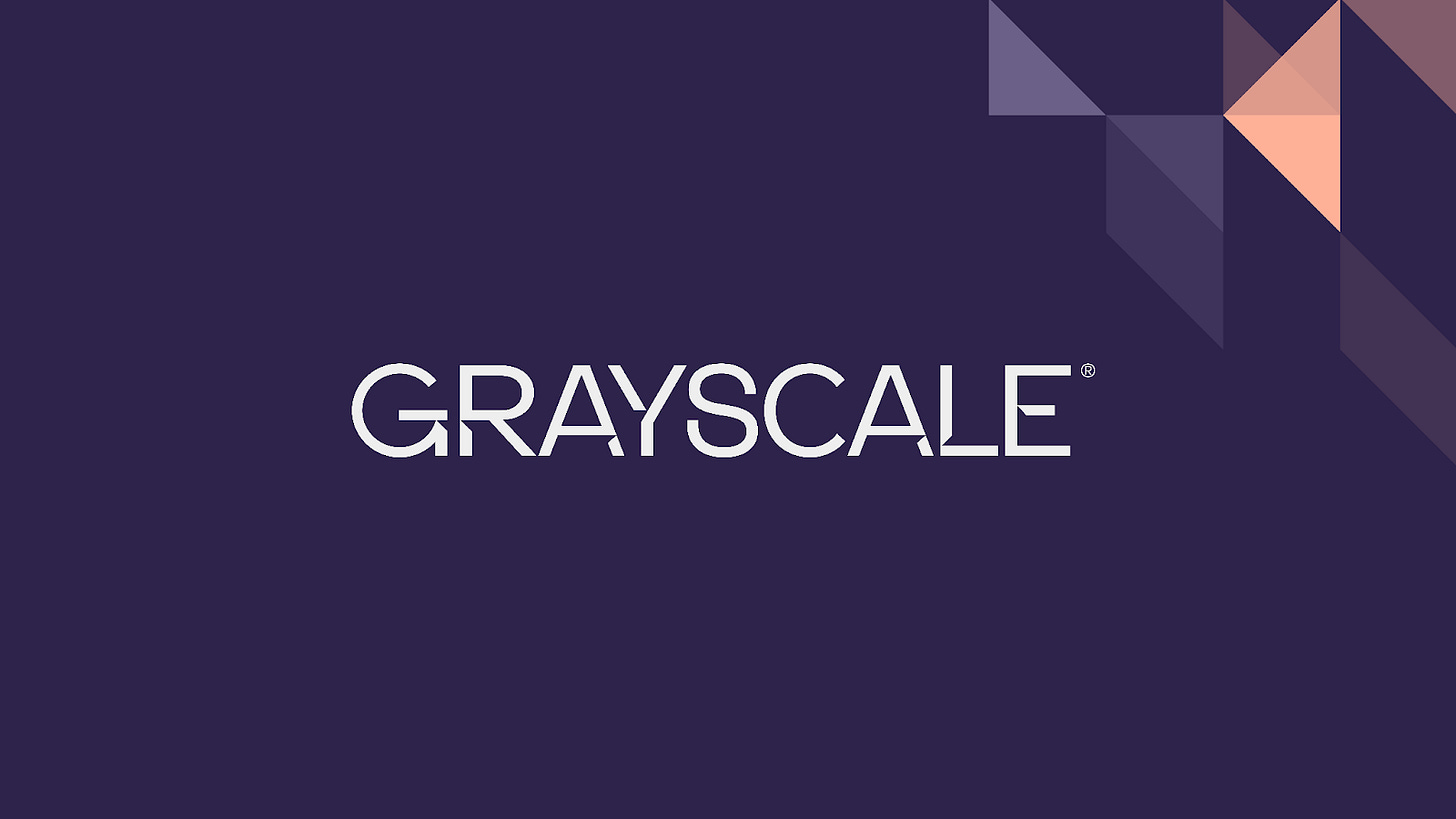Jack Dorsey: The Man Who Rewired Global Communication 🐦
"They're always talking about where they're going, what they're doing and where they currently are and that is where the idea for Twitter came."
The conference room falls silent. October 2008. Jack Dorsey looks around the table at Twitter's board members, searching for an ally. There isn't one.
Evan Williams won't make eye contact. The venture capitalists speak in measured tones about "operational challenges" and "management concerns."
The platform crashes constantly. Employees complain he leaves early for yoga classes. The board has lost confidence.
Fred Wilson delivers the verdict: they want new leadership. Williams will take over as CEO. Dorsey can stay as chairman, but his day-to-day control over Twitter is finished.
He doesn't argue. At 31, he's never run a company this size. The weight has been crushing. But walking out of the building that houses his creation stings. The platform emerged from his teenage fascination with dispatch communications. Now that vision belongs to someone else.
Getting fired from your own company teaches lessons business school never covers. For Dorsey, it was just the beginning.
Crypto Investing Without the Crypto Chaos
Forget seed phrases, exchange hacks, and late-night wallet setups.
With Grayscale, you can invest in Bitcoin, Ethereum, and other digital assets the same way you’d buy a stock — through regulated, SEC-reporting products.
No private keys to manage
No unregulated exchanges
No steep learning curve
It’s the easiest way for individuals and institutions alike.
Hacked His Way to a Job
Jack Patrick Dorsey grew up Catholic in a working-class Missouri family. His father built mass spectrometers. His mother ran a café. Young Jack battled a speech impediment that kept him indoors, where he discovered computers and communication systems.
Dorsey programmed dispatch software. Real taxi companies used his code to coordinate their fleets, solving actual problems for actual businesses.
His obsession wasn't random. Dorsey had identified the power of short, frequent updates to coordinate complex systems. Emergency dispatchers didn't waste words because clarity could save lives. What if that same efficiency could improve everyday communication?
At Bishop DuBourg High School, he worked part-time as a fashion model. And after school he'd hack into systems not to break them, but to understand how they worked.
The hack that changed his life happened at age 16. Dispatch Management Services had built a website but listed no contact information. When Dorsey found a security flaw, instead of exploiting it, he emailed the company chairman explaining the vulnerability and how to fix it.
Dorsey used it to start a conversation.
The chairman, Greg Kidd, decided to hire him within a week. A teenager from Missouri was now working for a Manhattan logistics company, learning how to coordinate movement and resources in real-time.
By age 14, he was programming dispatch software that taxi companies actually used. By 18, he had dropped out of New York University one semester short of graduating. The idea consuming his thoughts couldn't wait for a diploma.
What if people could broadcast short status updates to their friends, like dispatchers updating their location and activity? What if you could know what everyone in your network was doing right now, without the friction of phone calls or long emails?
The Platform That Ate the World
In 2000, Dorsey moved to California and started a company focused on dispatching couriers and emergency services via the web. The venture failed. He spent the next five years as a freelance programmer, refining his ideas and waiting for the right moment.
That moment came in 2006 at Odeo, a struggling podcasting company. During a brainstorming session, Dorsey pitched his status-update concept. He described it as combining blogging's broadcast nature with the immediacy of instant messaging.
Working with Noah Glass and Biz Stone, Dorsey built the first Twitter prototype in two weeks. The name "twttr" followed the five-character SMS short code format, inspired by Flickr.
On March 21, 2006, at 9:50 PM, Dorsey posted the first tweet: "just setting up my twttr."

Twenty-four characters that changed how millions communicate.
Twitter's breakout moment came at the 2007 South by Southwest festival. Conference attendees used the service to coordinate meetups and share real-time updates. Daily tweet volume jumped from 20,000 to 60,000 during the festival. Dorsey's teenage intuition about status updates had been correct.
But success brought challenges he wasn't prepared for. As CEO from 2007 to 2008, Dorsey struggled with Twitter's operational demands. The service crashed frequently. Employees complained about his management style. Reports surfaced that he'd leave work early for yoga classes and fashion design courses.
The board lost patience.
October 2008 arrives like a judgment day. They fire him from his own creation. Co-founder Evan Williams takes over. Dorsey gets to keep the chairman title, but everyone knows the truth. The boy genius who conceived Twitter has been deemed unfit to run it.
The lesson stings but clarifies. Dorsey can build products people love. He can't yet build organisations that scale.
Instead of retreating, he pivots.
His former boss, Jim McKelvey, had recently lost a glass art sale because he couldn't accept credit card payments. McKelvey's frustration was shared by millions of small business owners who lacked access to merchant services.
Their solution was a small, square-shaped device that plugged into a smartphone's headphone jack. Anyone could accept credit card payments anywhere. The first Square reader cost $10 and turned every phone into a point-of-sale system.
Square embodied the same philosophy as Twitter. Remove friction and democratise access. If Twitter gave everyone a broadcasting platform, Square gave every entrepreneur the payment processing power previously available only to large corporations.
The company launched publicly in 2010.
This time, Dorsey applied lessons from his Twitter experience. He built stronger operational systems. Hired experienced executives. Focused on sustainable growth rather than viral adoption.
By 2015, Twitter was struggling under new leadership. User growth had stagnated. The stock price was falling. Competitors like Facebook and Instagram captured more attention.
The board asked Dorsey to return as CEO with one unprecedented condition: he'd remain CEO of Square too. Critics questioned whether anyone could effectively run two major public companies simultaneously.
He maintained offices at both companies. Scheduled his days to the minute. Relied heavily on leadership teams while providing strategic direction.
The arrangement worked. Twitter stabilised. Square continued growing and went public in November 2015. Both companies benefited from Dorsey's design sensibility and his ability to cut through complexity to find simple solutions.
The fired CEO had learned to become a leader.
Building Tomorrow's Money
As Dorsey rebuilt his career, he discovered bitcoin. The cryptocurrency embodied principles he'd learned from dispatch systems: decentralisation, peer-to-peer communication, elimination of intermediaries.
"Bitcoin changes absolutely everything," he declared in 2018. If he weren't running Twitter and Square, he'd work on Bitcoin full-time.
He wasn't content with just talking. In 2020, Square invested $50 million in bitcoin. Then $170 million more. Through Square's Cash App, he made Bitcoin accessible to millions who'd never owned cryptocurrency.
Dorsey also established Spiral, a division funding open-source Bitcoin development. Unlike most corporate crypto initiatives focused on profit, Spiral's mission was altruistic.
To improve Bitcoin's infrastructure for everyone.
But his second Twitter tenure coincided with growing platform scrutiny. The 2016 election revealed how foreign actors can use Twitter to spread misinformation. Congressional hearings and advertiser boycotts became routine.
The challenges peaked during 2020's election aftermath. Twitter began labeling disputed tweets and eventually suspended high-profile accounts, including President Trump's following the January 6 Capitol riot.
Dorsey defended the decisions as necessary but acknowledged their implications. "I believe this was the right decision for Twitter," he wrote about Trump's suspension. "But I also think it's important to look at the broader implications this action has on the public conversation globally."
The experience reinforced his growing belief that centralised platforms wielded too much power. He began funding research into decentralised alternatives, including Bluesky, a Twitter-backed initiative developing open social media protocols.
On November 29, 2021, Dorsey resigned as Twitter CEO for the second time. His resignation letter explained his reasoning. "I've decided to leave Twitter because I believe the company is ready to move on from its founders."
Unlike his first departure, this exit was voluntary and planned. He'd prepared his successor, CTO Parag Agrawal, and believed Twitter needed leadership without founding-era baggage.
Less than a year later, Elon Musk acquired Twitter for $44 billion and began implementing his own vision. Dorsey retained a 2.4% stake but offered minimal public commentary on the changes.
With Twitter behind him, Dorsey has become a decentralisation evangelist. He donated 14 bitcoin to support Nostr, a decentralised social networking protocol operating without central servers or corporate control.
At Block, he's doubled down on Bitcoin initiatives. The company developed 3-nanometer bitcoin mining chips and launched Bitkey, a self-custody wallet designed for mainstream users. Block's mining hardware features modular design intended to last ten years instead of the industry standard of three to five years.
Today, Dorsey operates at the intersection of technology and ideology. Through Block, he's building financial infrastructure for a post-traditional-banking world. Through Bitcoin advocacy and Nostr funding, he's promoting alternatives to current internet platforms.
The common thread is his belief that individuals should control their financial and digital lives. Bitcoin eliminates dependence on banks and governments. Nostr eliminates dependence on platform companies. Self-custody wallets eliminate dependence on exchanges.
These are expressions of political philosophy valuing individual sovereignty over institutional control.
Dorsey remains as focused on the future as he was dreaming of real-time city maps. His current projects reflect his belief that the most important internet infrastructure is still being built.
The police scanner that first captured his imagination still influences how he thinks about communication. The best messages are brief, clear, actionable.
They tell you where someone is and where they're going.
Everything else is noise.
Dorsey's achievement is more than just Twitter or Block. It's demonstrating that complex systems can be simplified without losing functionality.
The scanner still crackles. He's still listening. And he's still building the map of everything happening right now.
That’s it about Jack Dorsey. Will come to you with another profile next week.
Until then …stay curious.
Token Dispatch is a daily crypto newsletter handpicked and crafted with love by human bots. If you want to reach out to 200,000+ subscriber community of the Token Dispatch, you can explore the partnership opportunities with us 🙌
📩 Fill out this form to submit your details and book a meeting with us directly.
Disclaimer: This newsletter contains analysis and opinions of the author. Content is for informational purposes only, not financial advice. Trading crypto involves substantial risk - your capital is at risk. Do your own research.








